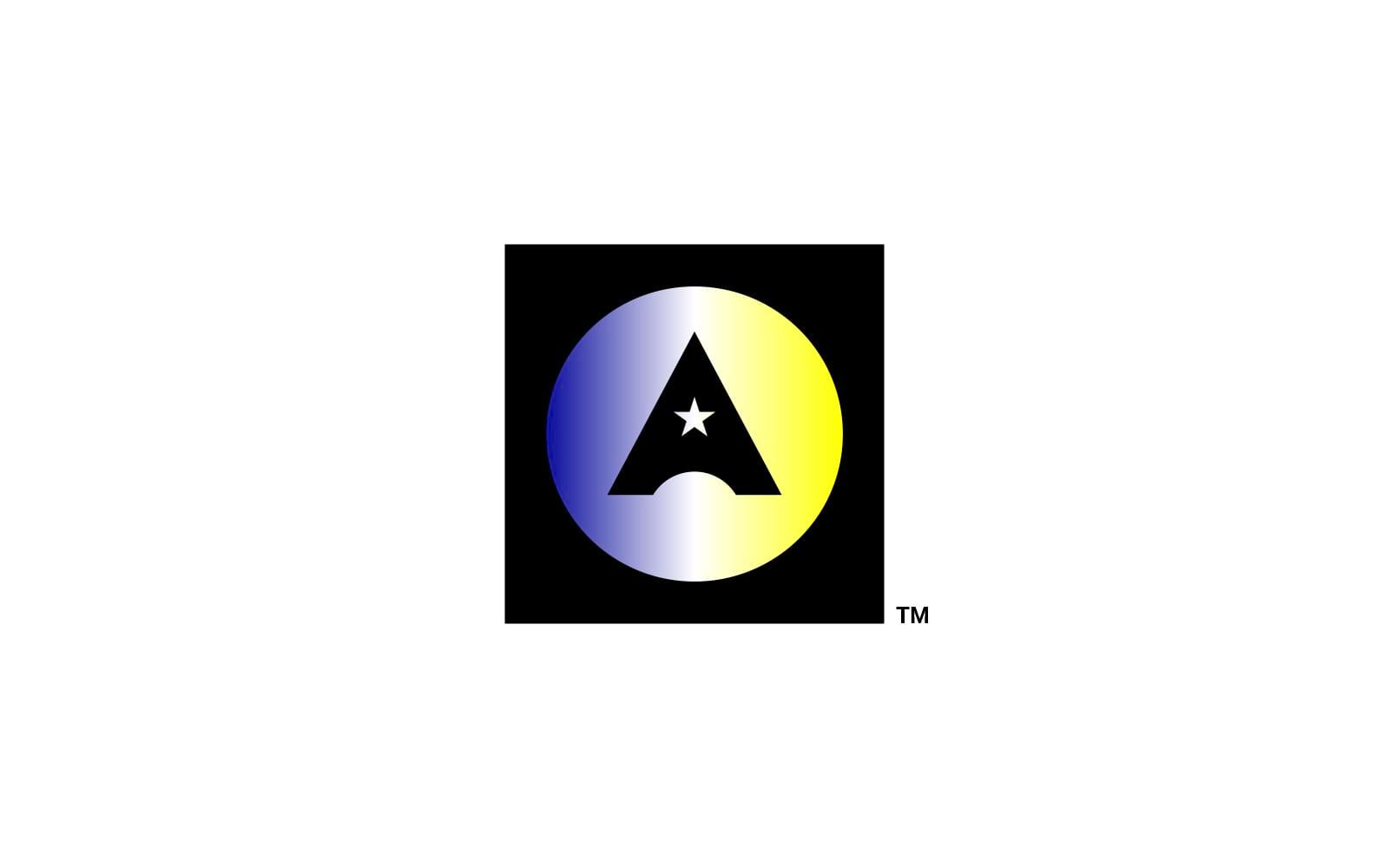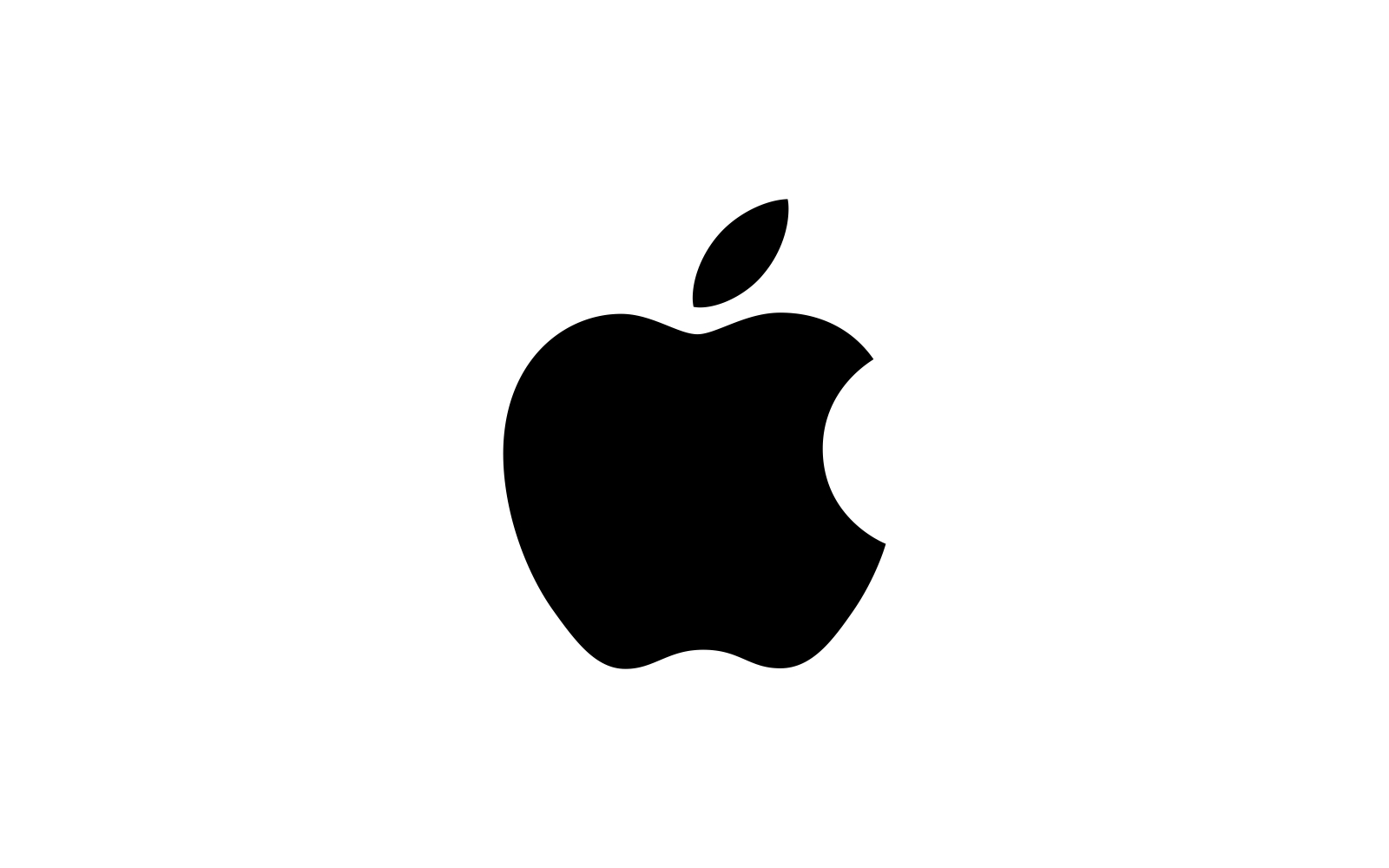Branding
Premium Branding: Elevate Your Business with an Iconic Logo
09.02.2025
By Shaikh Asif

Branding
09.02.2025
By Shaikh Asif
In today's competitive marketplace, the significance of a unique and compelling business logo cannot be overstated. For startups, entrepreneurs, CEOs, companies, and business owners, a well-crafted logo is more than just a visual symbol—it's a critical element of your brand's identity and a powerful tool for making a lasting first impression. Similarly, for young designers eager to learn the art of logo design, understanding the nuances of creating a unique logo is essential. This article delves into the importance of a unique business logo and provides a step-by-step guide to creating one that elevates your brand.
According to a Microsoft study, the first 10 seconds are crucial for making a positive first impression on website visitors. This window of time is often when a logo plays a pivotal role in capturing attention and conveying the essence of your brand. A unique logo can make your business memorable, setting the stage for a lasting relationship with your audience.

A logo is a cornerstone of brand identity. It encapsulates the core values, mission, and vision of your business in a single, recognizable image. A well-designed logo differentiates your brand from competitors and fosters recognition and loyalty among customers.
Trust is a vital currency in business. A professionally designed logo conveys reliability and professionalism, instilling confidence in potential customers. As your brand grows, your logo becomes a symbol of trust and quality, reinforcing your reputation in the market.
Differentiation in the Market
In a crowded marketplace, a unique logo sets your business apart. It highlights your brand's distinct qualities and helps customers remember and choose you over competitors.
Emotional Connection
A compelling logo can create an emotional bond with your audience. It becomes a visual representation of your brand's story and values, fostering loyalty and a deeper connection with your customers.
Versatility and Adaptability

A well-designed logo is versatile and works across various media and platforms. Whether on a website, social media, packaging, or merchandise, your logo should maintain its impact and clarity, ensuring consistent brand representation.
Brand Recognition: A well-designed logo is memorable and can be recognized at a glance. This instant recognition is crucial in building a loyal customer base.
Differentiation: In a crowded market, a unique logo sets you apart from the competition, highlighting your distinct value proposition.
Professionalism: A custom logo conveys professionalism and attention to detail, fostering trust and credibility with your audience.
Emotional Connection: Logos evoke emotions and can create a lasting bond with customers, influencing their purchasing decisions.
To create a logo that truly resonates with your audience, consider these key elements:

Simplicity: A simple design ensures that your logo is easily recognizable and scalable across different mediums.
Relevance: Your logo should reflect your brand's identity and values. It should be relevant to your industry and target audience.
Versatility: A versatile logo works well in various sizes and formats, from business cards to billboards.
Timelessness: Aim for a design that remains effective and appealing over time, avoiding overly trendy elements that may quickly become outdated.
Memorability: A unique and creative logo design will stick in the minds of your audience, aiding in brand recall.
Apple: Apple's logo is a prime example of simplicity and memorability. The iconic apple with a bite taken out of it is universally recognized and has become synonymous with innovation and quality.
Nike: The Nike swoosh is another powerful example. It’s simple, dynamic, and evokes a sense of movement and athleticism, perfectly aligning with the brand's identity.
Before diving into the design process, it's crucial to have a deep understanding of your brand. When it comes to understanding the brand, none other than a comprehensive brand strategy guide helps you define your brand values, mission, and target audience. What makes your business unique? What emotions do you want your logo to evoke? Answering these questions will guide your design direction.
Analyze your competitors and market trends. Look at successful logos in your industry and identify what makes them effective. However, the goal is not to imitate but to draw inspiration and find gaps where your brand can stand out.

Start brainstorming and sketching ideas. Think about symbols, shapes, and elements that represent your brand's essence. At this stage, quantity is more important than quality—generate as many ideas as possible.
When refining your concepts, adhere to fundamental design principles. Simplicity is key; a simple logo is easily recognizable and versatile. Scalability ensures your logo looks good at any size, from a business card to a billboard. Relevance means your logo should be appropriate for your industry and audience.
Colors evoke emotions and convey messages. For instance, blue often represents trust and professionalism, while red can signify energy and passion. Choose colors that align with your brand's personality and resonate with your target audience.
The font choice in a logo is as crucial as the imagery. Typography should complement the overall design and enhance the message you want to convey. Consider readability and appropriateness for your brand's tone.
Design is an iterative process. Refine your logo based on feedback from stakeholders, peers, and potential customers. Constructive criticism can help you identify areas for improvement and ensure the final design meets all objectives.
Once the design is perfected, prepare various formats and versions for different uses. Your logo should be adaptable for digital and print media, including different color schemes and sizes.
Invest in Professional Design: Hiring a professional designer or design agency such as alitestar can make a significant difference in the quality of your logo. Professionals bring expertise and experience that ensure your logo effectively represents your brand.
Stay Consistent: Use your logo consistently across all marketing materials and platforms. Consistency reinforces brand recognition and builds trust with your audience.
Adapt for Digital and Print: Ensure your logo looks great on both digital screens and printed materials. This versatility is essential in our multi-channel world.
Embrace Feedback: Don't hesitate to seek feedback from your target audience during the design process. Their insights can provide valuable direction and help you avoid potential pitfalls.
Update When Necessary: While a timeless logo is ideal, don't be afraid to refresh your logo if it starts to feel outdated or misaligned with your brand's evolution. A modernized logo can rejuvenate your brand and attract new customers.
A unique logo is a powerful asset for any business, playing a critical role in branding, recognition, and trust-building. Investing in a professional logo design is an investment in your brand's future success. As we've explored, the process of creating a unique logo involves understanding your brand, researching and conceptualizing ideas, and adhering to design principles. By following these steps, you can craft a logo that not only stands out but also resonates deeply with your audience. For those looking to elevate their brand or learn the art of logo design, the journey begins with understanding the importance of a unique logo and committing to a thoughtful, strategic design process.
Ready to take your brand to the next level with a unique logo? Let's get started today.


Shaikh Asif is an Award-winning designer, director, strategist, and educator. He’s the Lead Strategic Brand Designer and Art Director of The Alitestar— a strategic branding and design agency that helps startups, ambitious CEOs, and passionate entrepreneurs to achieve success and ultimately create unforgettable brand experiences.